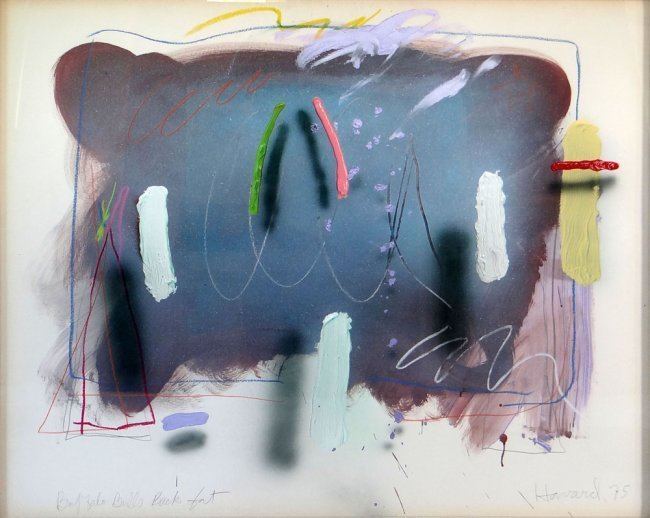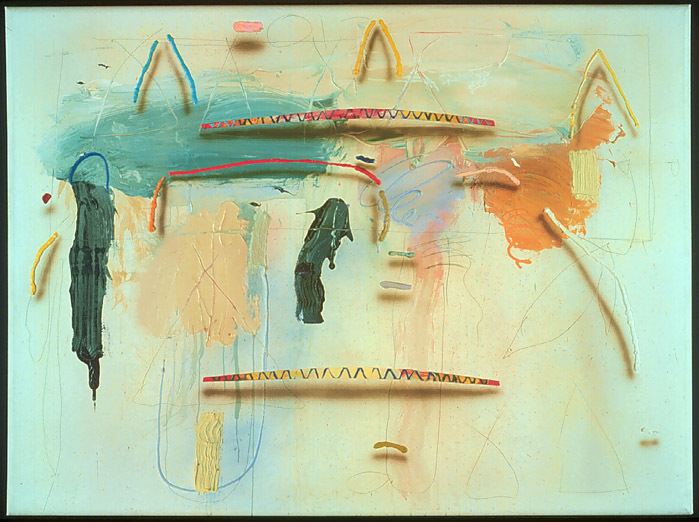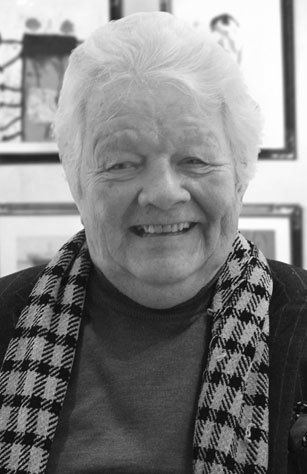Nationality American Books James Havard | Role Artist Name James Havard | |
 | ||
Full Name James Pinkney Havard Born 1937 Galveston, TX Education Pennsylvania Academy of the Fine Arts Similar Gari Melchers, Stu Mead, Reginald Marsh (artist), Richard Whitney (artist) | ||
Eo visits artist james havard jan 2015
James Havard (born 1937) is an American painter and sculptor. He was a pioneer of abstract illusionism in the 1970s. In the 1980s he changed his style into a form of abstract expressionism influenced by Native American and tribal cultures as well as outsider art. Drawing inspiration from outsider and tribal art, Havard stands within a tradition that includes such notable artists as Paul Gauguin, Cy Twombly, Jean Dubuffet, Jean-Michel Basquiat, and Joseph Beuys.
Contents
- Eo visits artist james havard jan 2015
- Artist eo omwake visits james havard oct 2015
- Life and work
- References

Artist eo omwake visits james havard oct 2015
Life and work

James Pinkney Havard was born in Galveston, Texas, in 1937. He received a bachelor of science degree in art from Sam Houston State College (now Sam Houston State University) in Huntsville, Texas, in 1959. From 1961 to 1965 he studied at Pennsylvania Academy of Fine Arts in Philadelphia, Pennsylvania. There he was influenced by realist painters Ben Kamihira and Hobson Pittman. His career can be divided into three broad periods: realism (1960s), abstract illusionism (1970s), and abstract expressionism with tribal and outsider influences (1980s and beyond).

“His early work was . . . realistic and traditional, including landscapes, churches, and figuration much in the same styles as Camille Corot, Édouard Manet, and Edgar Degas.” Beginning in 1967, he broke away from realism and went through a period of experimentation with various abstract and contemporary styles (e.g., monochromatic paintings). By the late 1970s Havard was considered one of the founders of abstract illusionism along with Al Held, Jack Lembeck, John Clem Clarke, George D. Green, and Tony King. His work during this period is characterized by pastel colors, “optical illusions and combinations of gesso wipes, chalk scrawls, incised lines, and squirts of paint directly from the tube.”
In 1976, one art critic wrote of his paintings, "Though conveived to fool the eye, Havard's paintings are at once daring and subtle, complex in scheme and simplistic in symbolic reference." He moved to New York in 1977 and took frequent trips to Santa Fe, New Mexico, beginning in 1978. In New York, his color palette darkened and his works became richer in texture. He began including Native American images and Native American words (e.g., mimbres) inscribed in loose script as well as random numbers. During the 1980s Havard’s paintings began to include thicker layers of paint, more collage elements, and fewer squiggles of paint and optical illusions.
He moved to Santa Fe in 1989 where he continued to develop his style, ultimately freeing himself from all references to abstract illusionism. His later paintings have fewer overt tribal references and are smaller in size than many of his earlier pieces. One critic accused Havard's paintings of "display[ing] the female body with what comes off as a misogynistic vigor." Havard began to use an encaustic medium that allowed him to incise the surface of the painting which gave them a carved, luminous appearance. His palette varies from dark, rich, and contrasting colors to bright blues and reds. Rich textures and visually arresting but crudely rendered figures define his work.
Many of his paintings seem visually dense. One collector of Havard's paintings remembered his initial uniformed response to them: "What a mixed up mess these are." In 2006 Havard suffered a stroke but continues to paint. Ironically, this well-trained artist who for many years was inspired by outsider art has become an outsider himself in the sense that he now paints with the constraints of a physical handicap. Due to Havard's limited mobility, his most recent works are small in scale, but "are nonetheless extremely powerful, perhaps even more so because the reduced format concentrates them."

Havard's work is in the permanent collection of many museums around the world, including the Solomon R. Guggenheim Museum (New York), Smithsonian Institution (Washington, D.C.), Metropolitan Museum of Art (New York), Museum of Modern Art (Stockholm, Sweden), Tucson Museum of Art (Arizona), and the Los Angeles County Museum (California).

Havard has been married three times: Charlotte Lisle (1958–61), Elizabeth Corson Beardsley (1965–74), and Catherine Bruni (1985–89). He has two children, Inga Renee Havard (b. 1960) and Houston James Havard (b. 1985), from his first and third marriages respectively.
